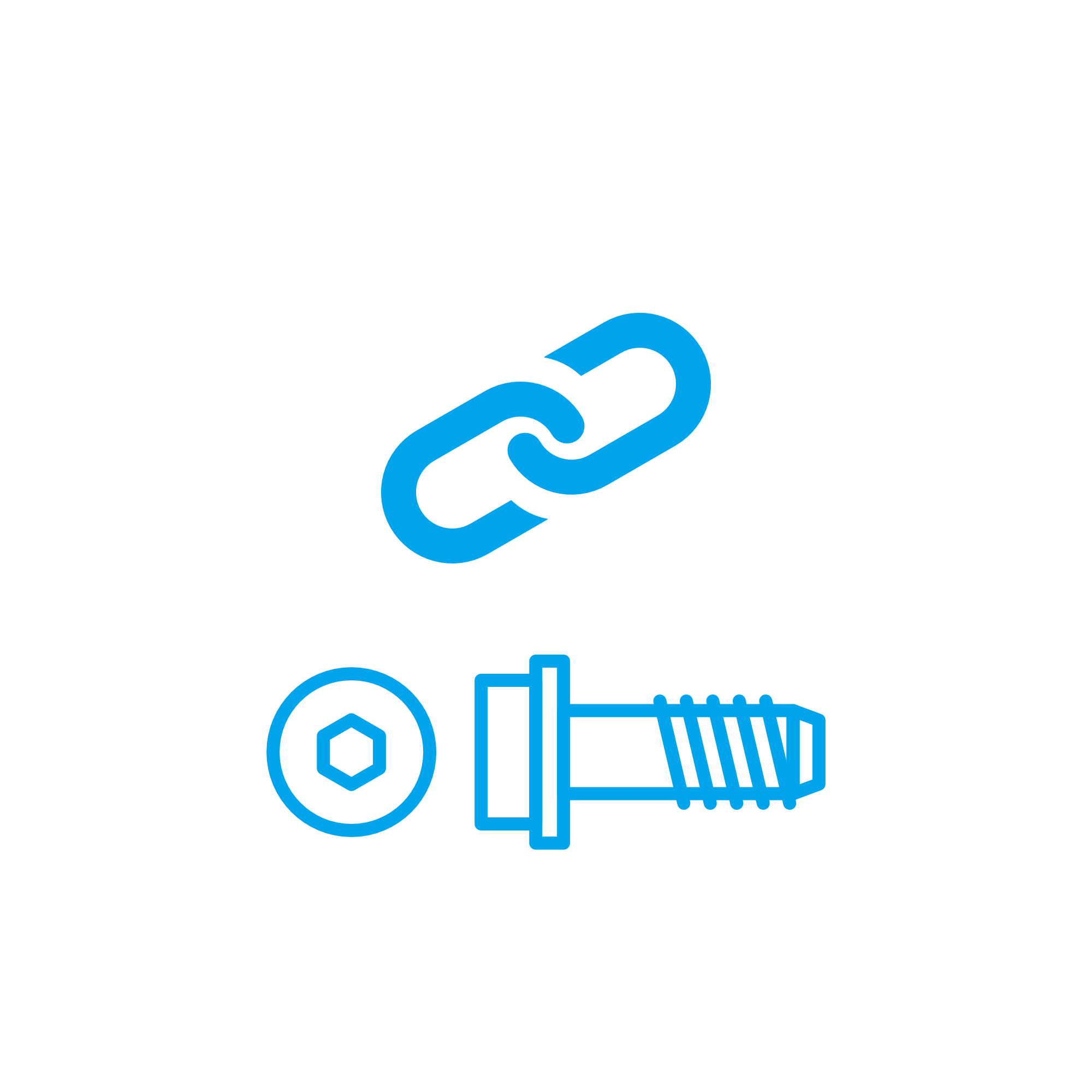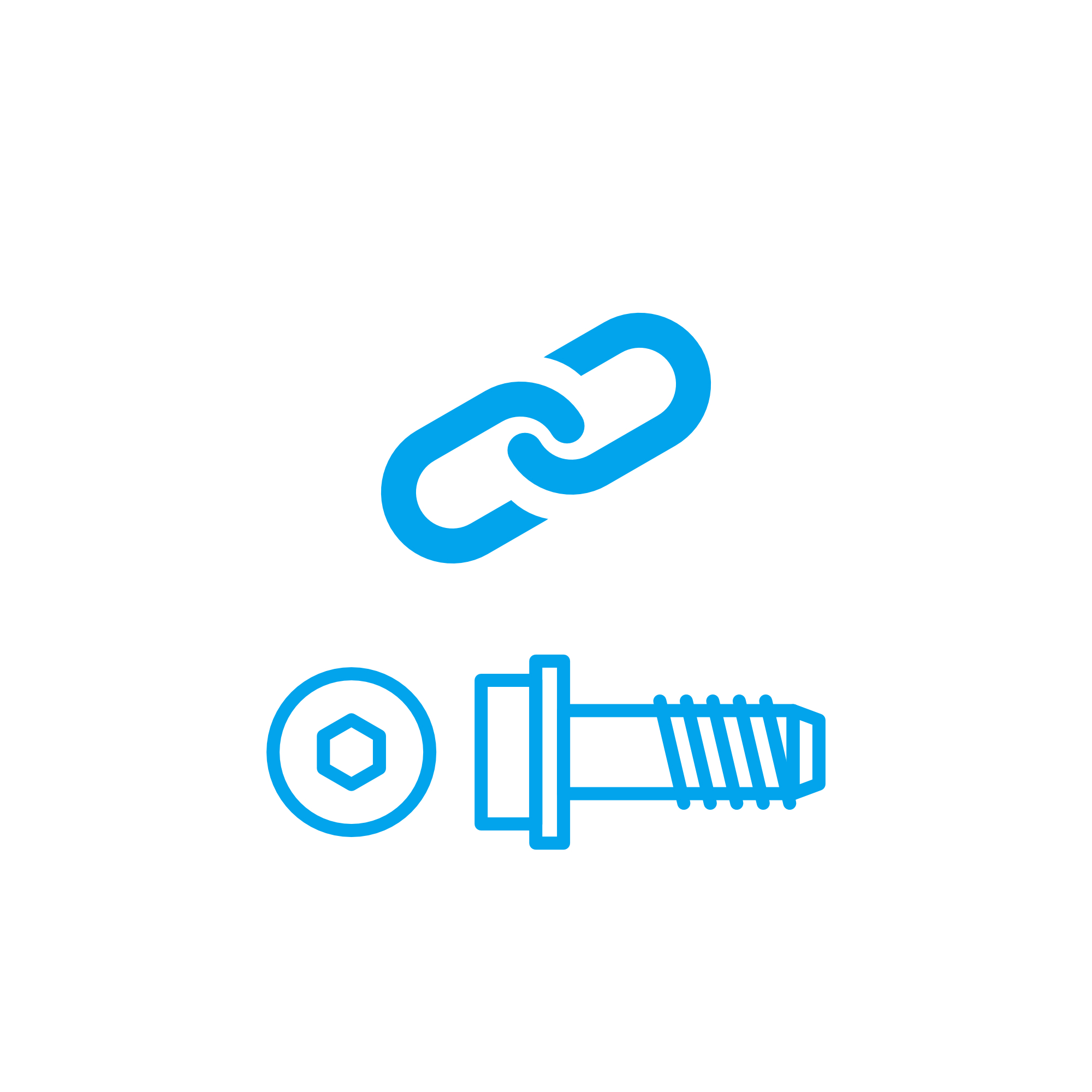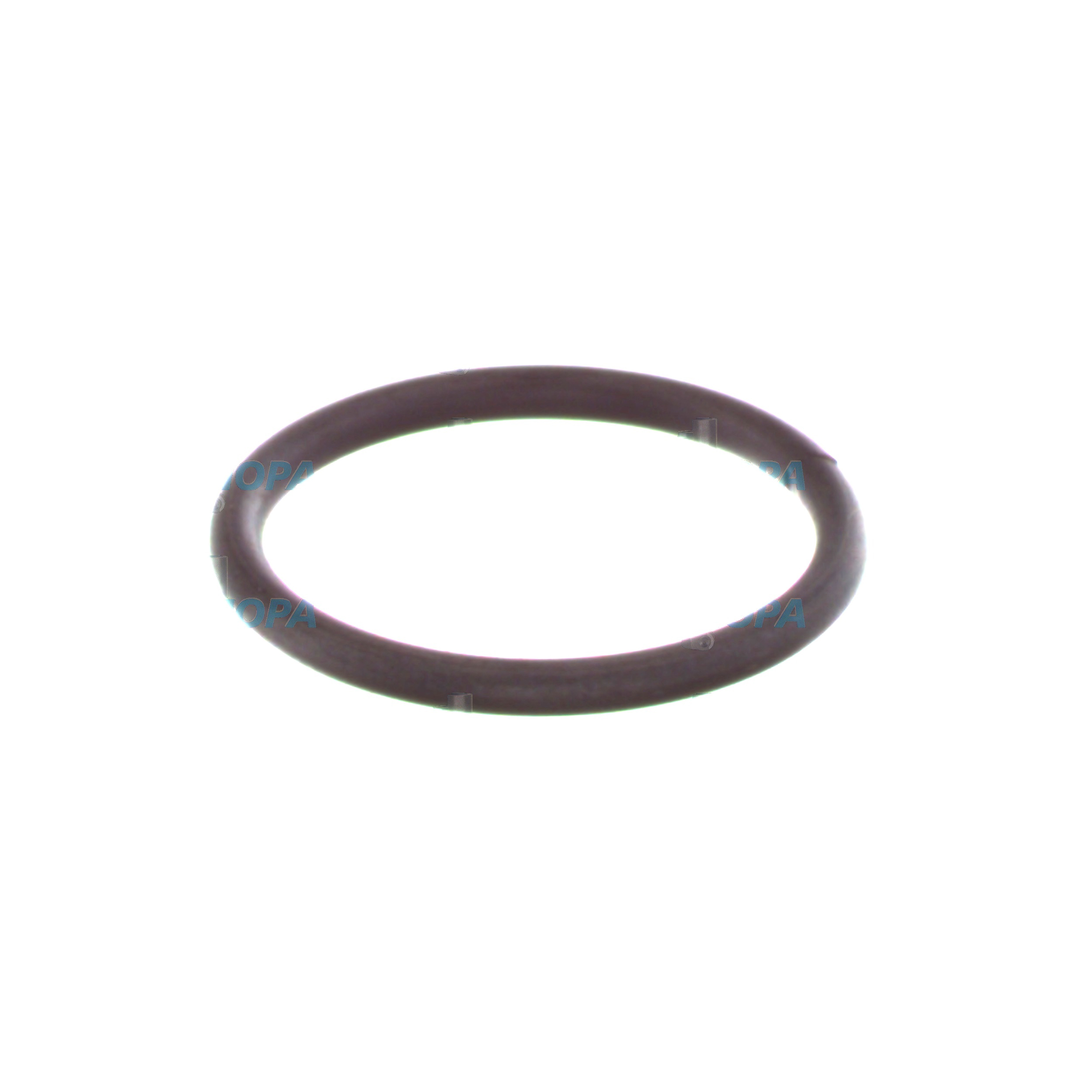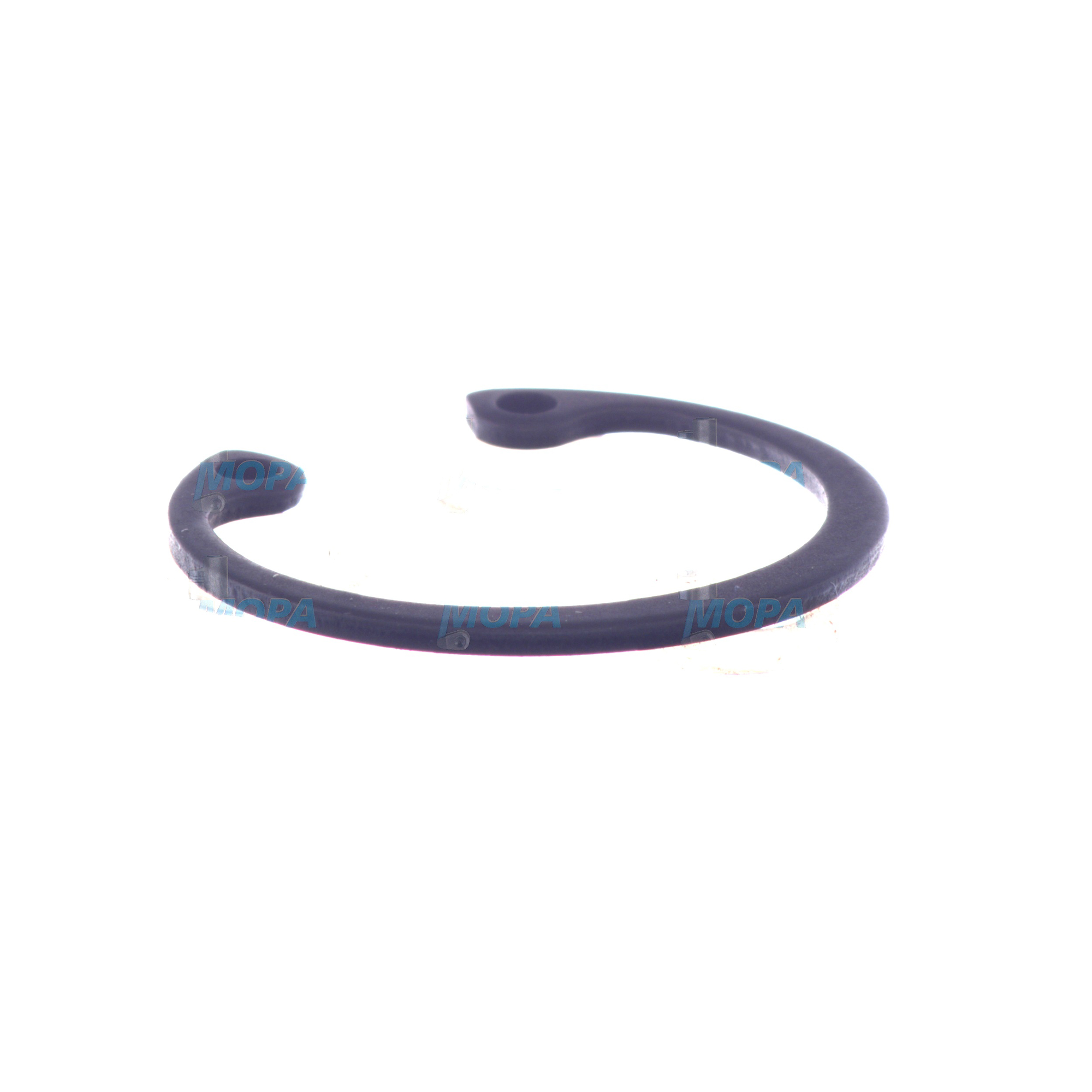SNAP RING Connecting Elements for Marine and Diesel Engines
Connecting elements are the essential fasteners and retainers that hold an engine together—bolts, studs, nuts, washers, pins, keys, and the crucial retaining components such as the SNAP RING. In a marine engine or high-output diesel engine, these parts provide clamping force, axial retention, and precise alignment between housings, rotating assemblies, and ancillary systems. Without correctly specified connecting elements, no powertrain can transmit torque reliably, maintain sealing integrity, or withstand the relentless cyclic loads of real-world operation.
Within this category, the SNAP RING plays a special role: it locks components axially in grooves on shafts or inside bores, preventing migration under vibration and thermal expansion. Whether it secures a wrist pin in a piston, locates a bearing in a gearbox, or fixes a gear on a shaft, the SNAP RING enables compact, serviceable designs that are indispensable to both propulsion and auxiliary machines onboard.
From propulsion engines to gensets, correctly engineered connecting elements directly determine uptime, safety, and lifecycle cost. Material selection, heat treatment, dimensional tolerances, and coatings are not details—they are the difference between reliable operation and unplanned downtime.
Technical function of Connecting Elements and SNAP RING in a diesel engine
In a diesel engine, connecting elements create and maintain preload across joints so that surfaces remain in compression and do not fret under dynamic loads. High-strength bolts and studs in property classes such as 10.9 or 12.9 convert tightening torque into controlled clamping force. This stabilizes block, head, and manifold joints, keeps gaskets compressed, preserves alignment in the valve train and gear train, and ensures uniform load paths through the crankcase.
The SNAP RING diesel engine application is about precise axial location. Mounted in a machined groove, it resists axial forces through its radial spring tension. Examples include retaining a piston pin to stop “pin walk,” locating a turbocharger bearing in its housing, or securing a pump gear on its shaft. In a SNAP RING marine engine configuration, consistent groove geometry, material hardness, and ring section profile are vital to handle salt-laden atmospheres, temperature cycling, and continuous torsional vibrations.
For assemblies specified with OEM parts, consistency in metallurgy and geometry is key. A SNAP RING OEM parts specification will define groove width, groove edge radius, free gap limits, thickness, and surface finish so that the ring deflects predictably, seats fully, and maintains axial retention throughout the service interval.
- · Maintain joint preload and alignment under cyclic loads.
- · Enable compact axial retention with SNAP RINGs and circlips.
- · Support sealing integrity across head, manifold, and cover joints.
- · Reduce vibration-induced loosening and fretting corrosion.
- · Resist corrosion with engineered coatings suited to marine service.
- · Provide predictable torque–tension behavior for repeatable assembly.
- · Facilitate serviceability and controlled disassembly.
- · Meet defined tolerances for groove fit and dimensional stability.
Why Connecting Elements and SNAP RING matter for reliability and service life
Engine reliability hinges on the smallest details. Loss of preload in a main fastener leads to joint movement, which accelerates fretting and can distort sealing faces. A single under-spec bolt can compromise a flange, causing exhaust leaks that elevate backpressure and raise EGTs. Incorrect washer hardness can embed under load, dropping clamp force and allowing gasket blow-by. In turbocharger and manifold assemblies, loosening studs can propagate cracks due to thermal expansion mismatch.
With SNAP RINGs, fit and material quality are critical. A ring that is too soft or incorrectly sized may deform, climb out of its groove, or shear under shock, allowing a bearing or wrist pin to migrate. The result can be cylinder scoring, bearing misalignment, or gear train damage—events that rapidly escalate repair cost and downtime. Groove geometry also matters: burrs, out-of-round bores, or improper groove radii reduce contact area and stress margin. In marine environments, inadequate corrosion resistance can lead to pitting, reducing fatigue life and retention force.
In short, connecting elements are not consumables to be treated casually. They are engineered components that determine the stability of every critical interface in the engine, from block-to-head to the smallest SNAP RING in a pump drive.
Advantages of OEM spare parts suitable for Connecting Elements and SNAP RING
Choosing OEM spare parts suitable for connecting elements protects performance, reliability, and budget over the full lifecycle. These parts come with tightly controlled material grades, case depths, and hardness ranges that deliver the designed preload and retention without brittle failure or plastic yield. Thread geometry, surface finish, and coatings such as zinc–nickel, phosphate, or black oxide are specified to balance friction, corrosion resistance, and torque–tension scatter. For a SNAP RING OEM parts specification, consistent ring cross-section, set, and modulus ensure that axial retention matches the original engineering intent of the diesel or gas engine.
Performance and efficiency
Consistent clamp load preserves gasket compression and alignment, sustaining compression ratio and airflow efficiency. Properly retained rotating and sliding members run true, reducing friction and temperature, and protecting bearing films.
Reliability and service life
Accurate heat treatment and dimensional control cut the risk of fatigue cracks, fretting, and loosening. A SNAP RING with correct groove engagement avoids component walk and catastrophic collateral damage.
Budget and planned maintenance
Repeatable assembly behavior shortens overhaul time and lowers rework. Using OEM spare parts suitable for connecting elements minimizes surprise failures, reduces inventory complexity, and supports predictable maintenance intervals.
MOPA – OEM parts partner for Connecting Elements and SNAP RING
MOPA is a seasoned partner for OEM spare parts suitable for connecting elements and SNAP RING applications across diesel and gas engines. Customers rely on fast response, consistent quality, and security in procurement—traceable batches, technical documentation, and rigorous supplier vetting. Whether you need head studs for a medium-speed diesel, a SNAP RING OEM parts package for a turbocharger cartridge, or coated nuts for a marine engine exhaust flange, MOPA combines short lead times with technical clarity and dependable logistics.
From urgent dockside deliveries to scheduled dry-dock overhauls, MOPA supports shipowners, yards, and operators with knowledgeable sourcing and reliable availability, helping you keep critical assets on schedule.
Conclusion: Connecting Elements and SNAP RING as a foundation
Connecting elements—especially the precisely engineered SNAP RING—form the hidden foundation of safe, efficient engine operation. Specifying and installing OEM spare parts suitable for connecting elements preserves performance, protects assets, and optimizes lifecycle cost.
With MOPA as your partner for OEM parts, you secure speed, quality, and confidence in every fastener and retaining component throughout your diesel and gas engine fleet.





